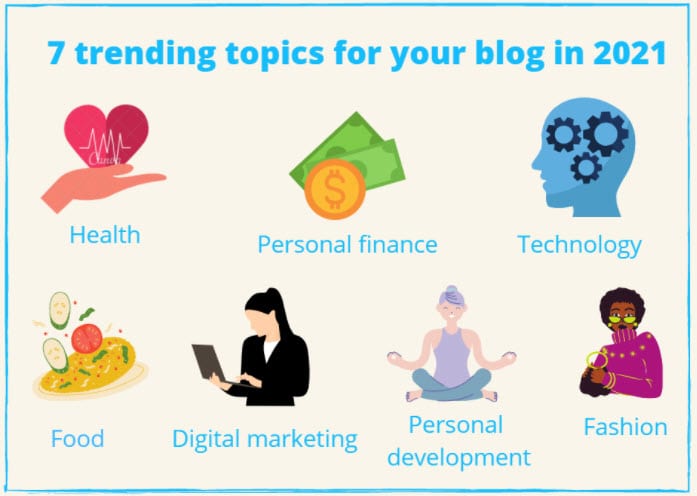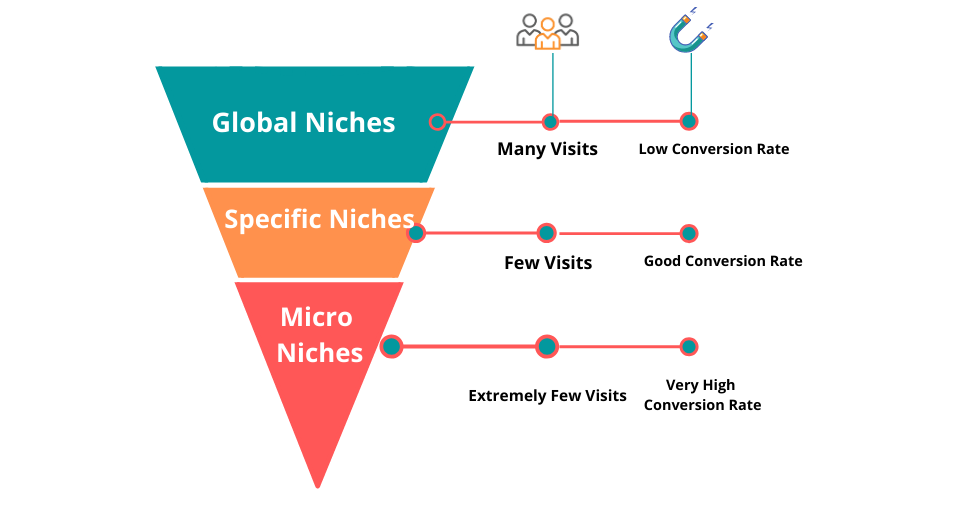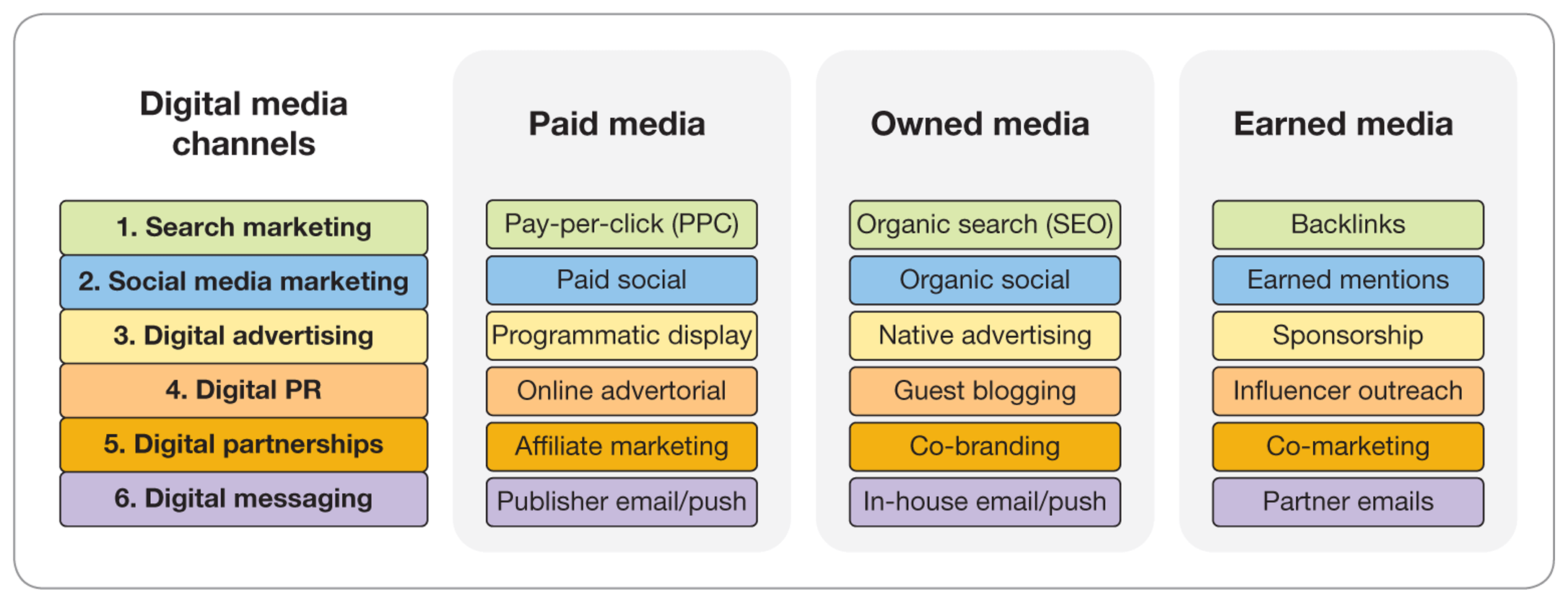Creating content can feel overwhelming at first. A toolkit simplifies this process.
A Creator Toolkit for Beginners is essential for anyone starting their journey in content creation. Whether you’re making videos, podcasts, or digital art, having the right tools can make a big difference. These tools help streamline your workflow, enhance your creativity, and make your projects stand out.
The right toolkit not only saves time but also boosts your confidence as you explore new ideas. From software to gadgets, each element plays a crucial role in producing high-quality content. With the right foundation, beginners can turn their creative vision into reality. Dive in to discover how a creator toolkit can transform your creative endeavors and set you on the path to success.
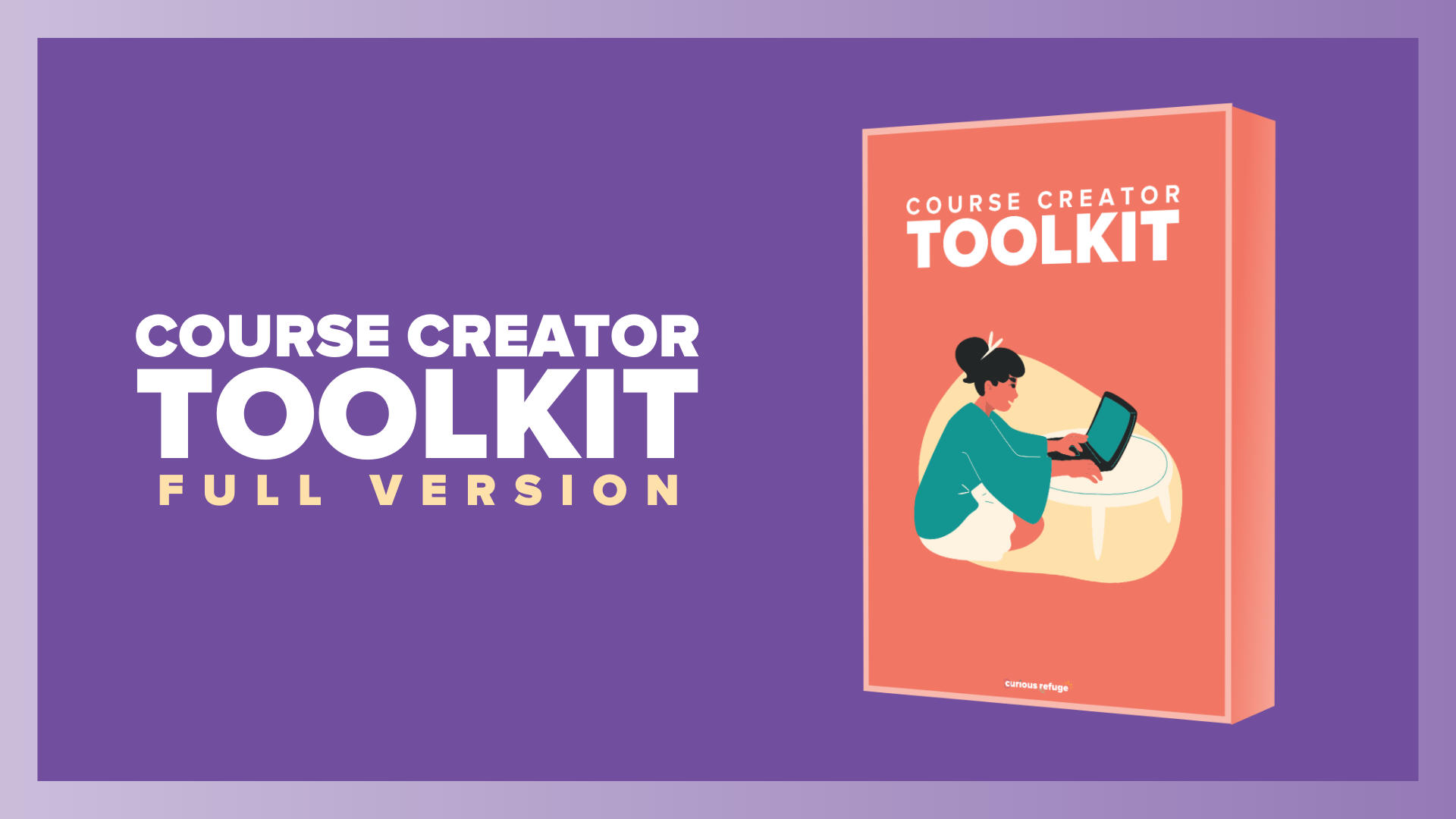
Credit: curiousrefuge.com
Introduction To Creator Tools
Discover essential tools for new creators. These resources simplify content creation, enhancing productivity and creativity. Perfect for beginners eager to explore their potential.
Stepping into the world of content creation can be both exciting and overwhelming. The digital landscape is filled with numerous tools designed to make the creative process smoother and more efficient. But as a beginner, how do you know which tools are truly essential? Understanding the basics of creator tools is your first step towards crafting engaging content that captivates your audience and grows your online presence.Importance Of Tools
Having the right tools is crucial for any creator. They help you enhance your content, streamline your workflow, and save time. Imagine trying to bake a cake without a mixer or an oven. Similarly, without the right tools, content creation becomes a tedious task. Tools can help you polish your videos, edit your photos, or even manage your social media accounts effectively. Do you have a tool that you swear by? If not, exploring different options can open new creative possibilities.Beginner Challenges
Starting out, many beginners face the challenge of information overload. With countless tools available, deciding which ones to use can be daunting. It’s easy to feel paralyzed by choice. Another common hurdle is the learning curve associated with new software. You might feel frustrated when you can’t achieve the results you envision right away. Remember, every expert was once a beginner. When I first started creating content, I spent hours trying out different editing software. It was overwhelming, but experimenting helped me find what worked best for me. Have you tried dedicating a week to test and learn a new tool? It can significantly boost your confidence and skill set. Finding the balance between exploring and sticking to a few reliable tools is key. What steps are you taking to overcome these challenges? Embrace the learning process and gradually integrate tools that complement your style and goals.Credit: toolkit.spatial.io
Graphic Design Essentials
Graphic design is key for creators. Beginners need simple tools. These tools help make stunning visuals. A good toolkit boosts creativity. It helps your work stand out.
Top Design Software
Adobe Photoshop is a top choice. It’s popular among professionals. It offers many features. You can edit photos and create graphics. Adobe Illustrator is another option. It’s great for vector art. Both programs have a learning curve. Mastering them takes time.
Canva is user-friendly. It suits beginners well. Drag-and-drop features make it easy. It offers templates for various projects. Canva is perfect for social media posts. It has a free version. The premium plan has more features.
Affordable Alternatives
Inkscape is a free option. It’s ideal for vector graphics. The interface is simple. You can learn it quickly. It runs on Windows, Mac, and Linux. Another choice is GIMP. It’s a free photo editor. GIMP is powerful like Photoshop. It supports many file formats.
Vectr is good for beginners. It’s a web-based tool. You can use it on any device. Vectr offers real-time collaboration. It’s free to use. Gravit Designer is another tool. It’s available offline and online. It offers many design features. The free plan is limited. The pro plan is affordable.
Video Editing Basics
Getting started with video editing can feel overwhelming, but it doesn’t have to be. As a beginner, diving into the world of video editing opens up creative possibilities, allowing you to transform raw footage into captivating stories. Whether you’re crafting a personal vlog or a professional presentation, understanding the basics will empower you to produce videos that truly resonate.
User-friendly Editors
Choosing the right video editor is crucial. As a beginner, you want software that’s intuitive yet powerful. Tools like iMovie and Filmora offer a great balance. They provide straightforward interfaces that help you focus on your creative vision without getting lost in technical details.
Think about your first video project: what do you want to achieve? With user-friendly editors, you can drag and drop clips, adjust audio levels, and add text overlays with ease. You don’t need to be a tech wizard to create something impressive. Just a bit of curiosity and willingness to experiment.
Advanced Features
Once you’re comfortable with the basics, it’s time to explore advanced features. These tools can elevate your video from good to great. Look for editors that offer color correction, transitions, and multi-track editing. These features help refine your video’s look and feel.
Imagine adding slow-motion effects or picture-in-picture elements. Such enhancements can make your video more engaging. The key is to use them thoughtfully; too many effects can overwhelm your audience. Which features excite you the most? Dive in and play around. You’ll soon discover what works best for your style.
As you progress, consider how advanced tools can streamline your workflow. Batch processing, for example, lets you apply edits to multiple clips at once. This can save you time and keep your creative momentum going. Remember, video editing is a skill that grows with practice. So, what will you create next?
Audio Production Tools
Audio production tools are essential for creators eager to make high-quality content. They help in capturing and editing sound for various projects. From podcasts to videos, good audio enhances the viewer’s experience. Beginners often feel overwhelmed by the options available. This guide simplifies the process, highlighting key tools and techniques. Understanding the basics can boost confidence and creativity.
Recording Software
Recording software is the first step in audio production. Beginners should start with user-friendly programs. Audacity and GarageBand are popular choices. They offer basic features for capturing sound. These tools are accessible and easy to learn. They are perfect for recording voiceovers and music. Free versions provide enough functionality for starters. Testing different software helps find the best fit for your needs.
Editing Tips
Editing is crucial for polished audio. Simple techniques can improve sound quality. Begin by removing unwanted noise and pauses. Use the software’s noise reduction feature. This cleans up the background. Adjust volume levels for consistency. This ensures a balanced listening experience. Experiment with effects like reverb and echo. These can add depth to recordings. Practice makes perfect in audio editing.
Content Planning Strategies
Creating content without a plan is like sailing without a compass. You need direction and structure to produce meaningful work. Content planning is the backbone of any successful creator’s toolkit. It helps you stay organized and focused.
With a solid plan, you know what to create and when to publish. This approach reduces stress and increases productivity.
Organizational Apps
Organizational apps help you manage your content ideas. They keep track of deadlines and tasks. Trello and Asana are popular choices. These tools let you create boards and lists. You can arrange tasks by priority or deadline.
Google Keep is another option. It’s simple and integrates with other Google services. Use it to jot down quick ideas or create checklists. It keeps your thoughts organized and accessible. All in one place.
Scheduling Techniques
Scheduling content ensures regular posting. It keeps your audience engaged. Use a calendar to plan your content. Google Calendar is easy and free. Mark important dates and set reminders.
Plan your posts weekly or monthly. This gives you a clear overview. Buffer or Hootsuite can automate social media posts. Set posts to publish at the best times for your audience.
Consistency is key. Stick to your schedule and adapt as needed. Analyze your results and refine your strategy. Keep it simple and flexible.
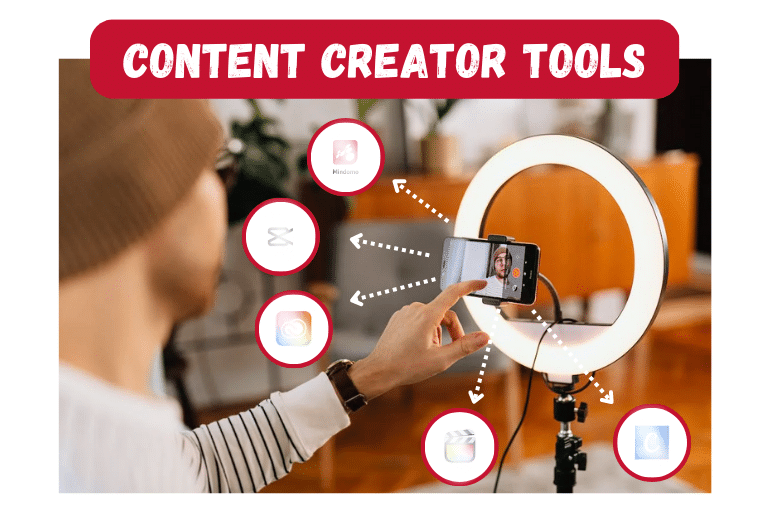
Credit: www.mindomo.com
Social Media Management
Social media management is crucial for creators. It helps streamline efforts and enhance engagement. Beginners often find the process overwhelming. The right toolkit simplifies tasks, making content creation easier. Effective management involves planning, posting, and analyzing results. With the right tools, creators can maintain consistency and grow their audience.
Automation Tools
Automation tools save time for creators. They schedule posts in advance. This ensures content goes live at optimal times. Tools like Buffer and Hootsuite are popular choices. They offer user-friendly interfaces. Creators can plan weeks of content in minutes. Automated scheduling reduces stress and increases efficiency.
Analytics Insights
Analytics insights are vital for understanding audience behavior. They reveal which content performs best. Tools like Google Analytics provide detailed reports. Creators see engagement rates and demographic information. This data helps refine strategies. Adjusting content based on analytics leads to better results. Regular analysis is key to growth.
Photography And Visuals
Photography and visuals are key elements in creating captivating content. They engage audiences and convey messages powerfully. For beginners, understanding the basics is crucial. Quality images can elevate your content’s appeal. But where should you start? Let’s dive into the essentials.
Camera Equipment
A good camera is the foundation of stunning visuals. Beginners need not invest in expensive gear. Many smartphones offer great camera features. If using a standalone camera, look for a DSLR or mirrorless. These cameras provide excellent image quality and versatility. A tripod can help stabilize shots, ensuring clear images. Good lighting is also vital. Natural light works best. For indoor shoots, consider affordable light kits.
Image Editing Tools
Editing tools enhance and perfect your photos. They bring out colors and correct errors. Beginners can start with free software like GIMP or Canva. These tools are user-friendly and effective. Adobe Lightroom offers more advanced features but has a steeper learning curve. Editing apps on smartphones are also handy for quick tweaks. Always aim for natural-looking results. Over-editing can diminish photo quality.
Building An Online Presence
Explore the Creator Toolkit for Beginners to start building your online presence with ease. This toolkit offers simple tools and tips to help you create engaging content. Perfect for those new to the digital world, it makes the process straightforward and accessible.
Building an online presence is crucial for creators in today’s digital world. Whether you’re an artist, writer, or entrepreneur, establishing your footprint on the internet opens up endless opportunities. It lets your audience find you and connect with your work in meaningful ways. But how do you start building this presence? Let’s dive into some essential components. ###Website Creation
Your website is your digital home. It’s where your audience goes to learn more about you and your work. Creating a website might sound daunting, but with user-friendly platforms like WordPress, Squarespace, or Wix, you can set up a professional-looking site without coding skills. Think about what you want your website to say about you. What kind of content will you offer? A blog, a portfolio, or maybe a shop? Start simple. Focus on clear navigation, engaging content, and a design that reflects your personal style. Don’t forget to make it mobile-friendly—most visitors will check your site from their phones. ###Seo Basics
Search Engine Optimization (SEO) is the key to making your website visible. It’s like putting up a neon sign that says, “Look, I’m here!” SEO might sound technical, but its basics are easy to grasp. Start with keyword research. Identify words or phrases your audience might use to find your content. Use these keywords naturally in your text, titles, and descriptions. But remember, you’re writing for humans, not robots. Quality content always wins. Think about what makes your content valuable or unique. What questions does it answer? Consider your own experiences. Did you ever search for something specific and land on a page that was exactly what you needed? That’s good SEO at work. Aim to be that helpful source for your audience. Is your content engaging and informative? Are you offering value in a way that’s easy to understand? These elements not only boost your SEO but also keep your audience coming back for more. Building an online presence isn’t just about being seen. It’s about being remembered. What steps will you take today to ensure your digital presence stands out?Monetizing Your Content
Monetizing your content is a crucial step for creators. It turns passion into profit. Learning effective strategies can help you earn a steady income. Even beginners can explore various ways to generate revenue from their content. Let’s dive into the basics of monetization.
Revenue Streams
There are several ways to earn money from your content. Advertising is a popular choice. It involves placing ads on your website or videos. You earn money when viewers interact with these ads. Another option is selling products. You can create merchandise related to your content. E-books or online courses are also viable. Subscription models offer regular income. Fans pay monthly fees for exclusive content.
Partnership Opportunities
Collaborations can boost your earnings. Brands often seek influencers for promotions. You can partner with companies relevant to your niche. Sponsored content is a common method. You create content that highlights a product or service. In return, you receive payment or gifts. Affiliate marketing offers commissions. You promote products and earn a percentage of sales. Choose partners wisely to maintain credibility. Engage with your audience authentically.
Future Trends In Creation
The future of creation is an exciting realm where technology meets creativity. As a beginner, you may wonder what lies ahead in the world of creating content, art, or digital products. The landscape is continually evolving, presenting new opportunities and challenges. Let’s explore the trends shaping the future of creation and how you can ride this wave effectively.
Emerging Technologies
In the coming years, you’ll find technology playing a pivotal role in creation. Augmented reality (AR) and virtual reality (VR) are becoming more accessible and affordable. Imagine designing a product in a virtual space or enhancing storytelling with immersive AR experiences. These technologies allow you to create more engaging and interactive content.
Artificial intelligence (AI) is another game-changer. AI tools can help you streamline your workflow, generate ideas, or even assist in the creation process itself. From automating repetitive tasks to providing insights, AI can be your creative ally. Have you considered how AI could boost your creativity?
Adapting To Changes
As technology evolves, so should your approach to creation. You must stay adaptable and open to learning new skills. This might mean taking a course on digital design or experimenting with different software. The willingness to adapt is crucial in staying relevant.
Additionally, consider how societal changes impact your creation process. The shift towards sustainable and ethical practices is gaining traction. Can you align your creations with these values? Doing so might not only enhance your work but also resonate with a conscious audience.
The future of creation is full of possibilities. With emerging technologies and an adaptable mindset, you can carve out your niche in this dynamic landscape. Are you ready to embrace the future and transform your creative journey?
Frequently Asked Questions
What Do I Need As A Beginner Content Creator?
Begin with a reliable device, like a laptop or smartphone. Get essential software for editing and design. Use a quality microphone and camera for clear audio and visuals. Build a presence on social media platforms. Develop a content strategy to engage your audience effectively.
What Equipment Do I Need To Start Content Creation?
Start with a good-quality camera, microphone, and lighting. Use a reliable computer with editing software. Ensure stable internet for uploads.
How To Learn Content Creation For Beginners?
Begin by researching and understanding your target audience. Study successful content creators and analyze their strategies. Practice regularly by creating diverse content types. Use online courses and tutorials for skill development. Engage with communities for feedback and insights. Stay updated with industry trends to refine your techniques.
What Is The Basic Tool For Content Creation?
The basic tool for content creation is a user-friendly content management system (CMS). It simplifies writing, editing, and publishing. Popular CMS options include WordPress, Joomla, and Drupal. These platforms offer customizable templates and plugins to enhance content visibility. Selecting the right CMS ensures efficient content production and management.
Conclusion
Creating content is an exciting journey. Beginners need the right tools. Start with simple apps and software. Explore editing tools and design apps. Experiment with video and audio tools. Practice regularly. Learn as you go. Keep improving your skills. Seek inspiration from other creators.
Join online communities for support. Share your creations with friends and family. Feedback helps growth. Don’t be afraid to try new things. Your creativity matters. Remember, every expert was once a beginner. Embrace the learning process. With the right toolkit, you’ll be creating amazing content in no time.


